In a special address to the 22nd Shangri-La Dialogue on Saturday, Malaysian Prime Minister Anwar Ibrahim – as chair of the Association of Southeast Asian Nations (ASEAN) in 2025 – rejected the pressure of choosing sides in geopolitical rivalries.
Speaking at the final session of the dialogue on Sunday, Singaporean Defense Minister Chan Chun Sing echoed Anwar's stance. Out of geopolitical necessity, Southeast Asia must engage with both China and the United States as well as other nations, rather than take sides, he said.
"If we have to choose sides, may we choose the side of principles – principles that uphold a global order where we do not descend into the law of the jungle, where the mighty do what they wish and the weak suffer what they must," Chan said.
Their making clear the stance of taking no sides came after U.S. Defense Secretary Pete Hegseth on Saturday urged Asia-Pacific countries to increase their military spending to 5 percent of GDP to counter perceived threats from China in a speech at the dialogue.
Da Wei, director of the Center for International Security and Strategy at Tsinghua University, said Hegseth's attempts to drive a wedge between China and ASEAN countries will not work.
"I think the U.S. attempt to divide China and Asia-Pacific countries is ineffective because it lacks persuasiveness," Da told media on the sideline of the Shangri-La Dialogue in Singapore.
No to bloc confrontation
In his first address at the the Shangri-La Dialogue, Hegseth outlined the "Indo-Pacific Strategy" of the Trump administration since the U.S. president returned to the White House in January.
The Chinese Foreign Ministry slammed his remarks, saying that he deliberately ignored the call for peace and development by countries in the region, and instead touted the Cold War mentality for bloc confrontation, vilified China with defamatory allegations, and falsely called China a "threat."
"The remarks were filled with provocations and intended to sow discord. China deplores and firmly opposes them and has protested strongly to the U.S.," said the ministry in a statement.
Meng Xiangqing, a professor at the National Defense University of the People's Liberation Army, said the U.S. side has once again promoted its "Indo-Pacific Strategy" at the dialogue.
After years of implementation, this strategy has achieved nothing beyond provoking incidents, creating crises, and destabilizing the Asia-Pacific region, Meng told China Media Group.
The essence of America's "Indo-Pacific Strategy" is simply a tool for hegemony, he said.
Militarily, it promotes bloc formation and confrontation – establishing mechanisms like the Quad between the U.S., Japan, India and Australia, and AUKUS nuclear submarine cooperation with Australia and the United Kingdom; politically, it forces nations to choose sides; technologically, it erects "small yard, high fences" barriers; and economically, its trade wars and tariff policies push for decoupling between economies, and it also imposes coercion against others based on values, Meng explained. "This has artificially divided the Asia-Pacific region into competing blocs," he said.
Shen Chen, deputy director of the Department of International Political Theory at the Institute of World Economics and Politics of the Chinese Academy of Social Sciences (CASS), said the U.S. "Indo-Pacific Strategy" heightens regional tensions, embodying its practice of hegemonism and power politics.
"Its very purpose is to perpetuate U.S. dominance by sacrificing regional peace and stability for its own interests," Shen told CGTN.
China's Asian security model: A better choice for region
Zhang Chi, a member of the Chinese delegation to the Shangri-La Dialogue, said China's Asian security model aligns with the common interests of all Asian nations and charts a practical path for the region to safeguard its prosperity and stability.
At a central conference on work related to neighboring countries in April, China, for the first time, proposed the Asian security model that features sharing weal and woe, seeking common ground while shelving differences, and prioritizing dialogue and consultation.
Shen, the CASS professor, said that the Asian security model demonstrates fundamental differences from the U.S. "Indo-Pacific Strategy."
Emphasizing win-win cooperation and equal consultation, the Asian security model is committed to safeguarding regional peace and prosperity, he said.
Aligned with the shared interests of all Asian nations, this model represents an open, inclusive, and mutually beneficial approach to security governance, Shen added.
He also criticized the U.S. demand for Asian nations to raise defense spending to 5 percent of GDP as "both unreasonable and unrealistic."
That would serve America's strategic self-interest, but it risks pushing Asia Pacific into an arms race, exacerbates regional tensions, and runs counter to the shared aspirations of regional countries for peace and development, said Shen.
He said while some nations might waver under U.S. pressure, most will remain clear-eyed about the U.S. demand's irrationality.
The Asian security model proposed by China offers a better alternative, said Shen, adding that regional countries prefer partnering with China and other major countries to uphold security through peace and collaboration – not following the U.S. down the path of military expansion.








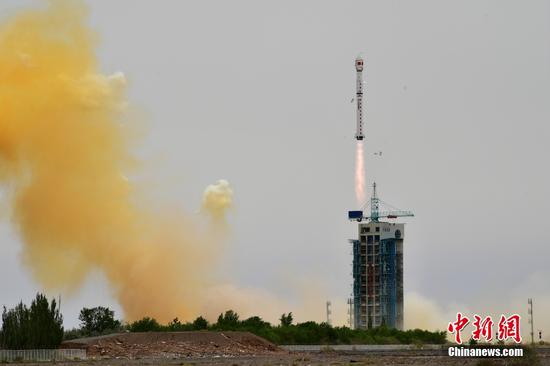
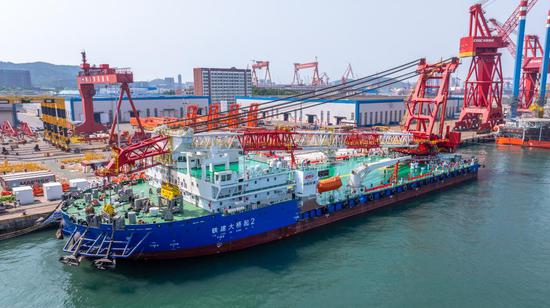

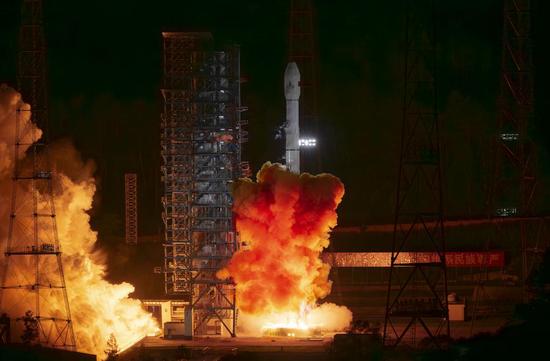

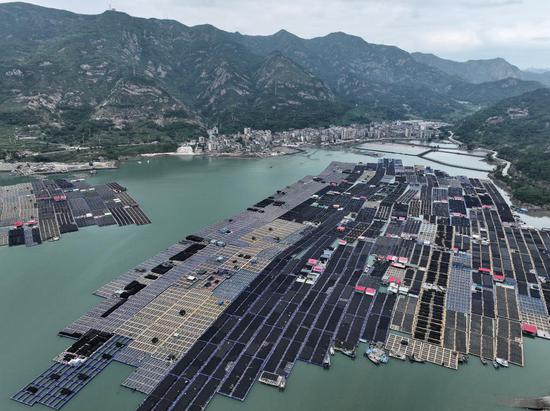





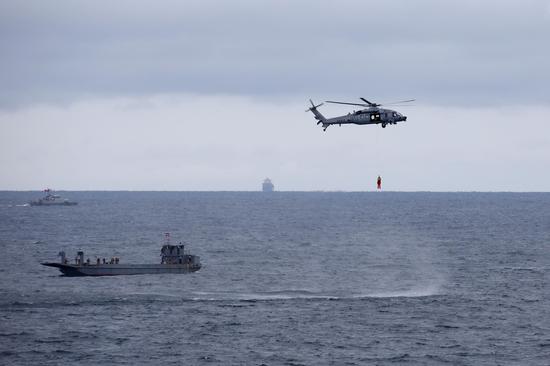




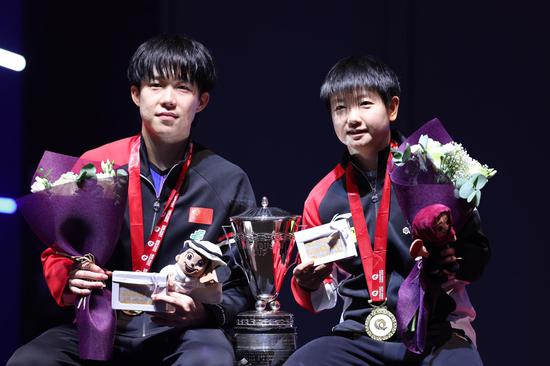








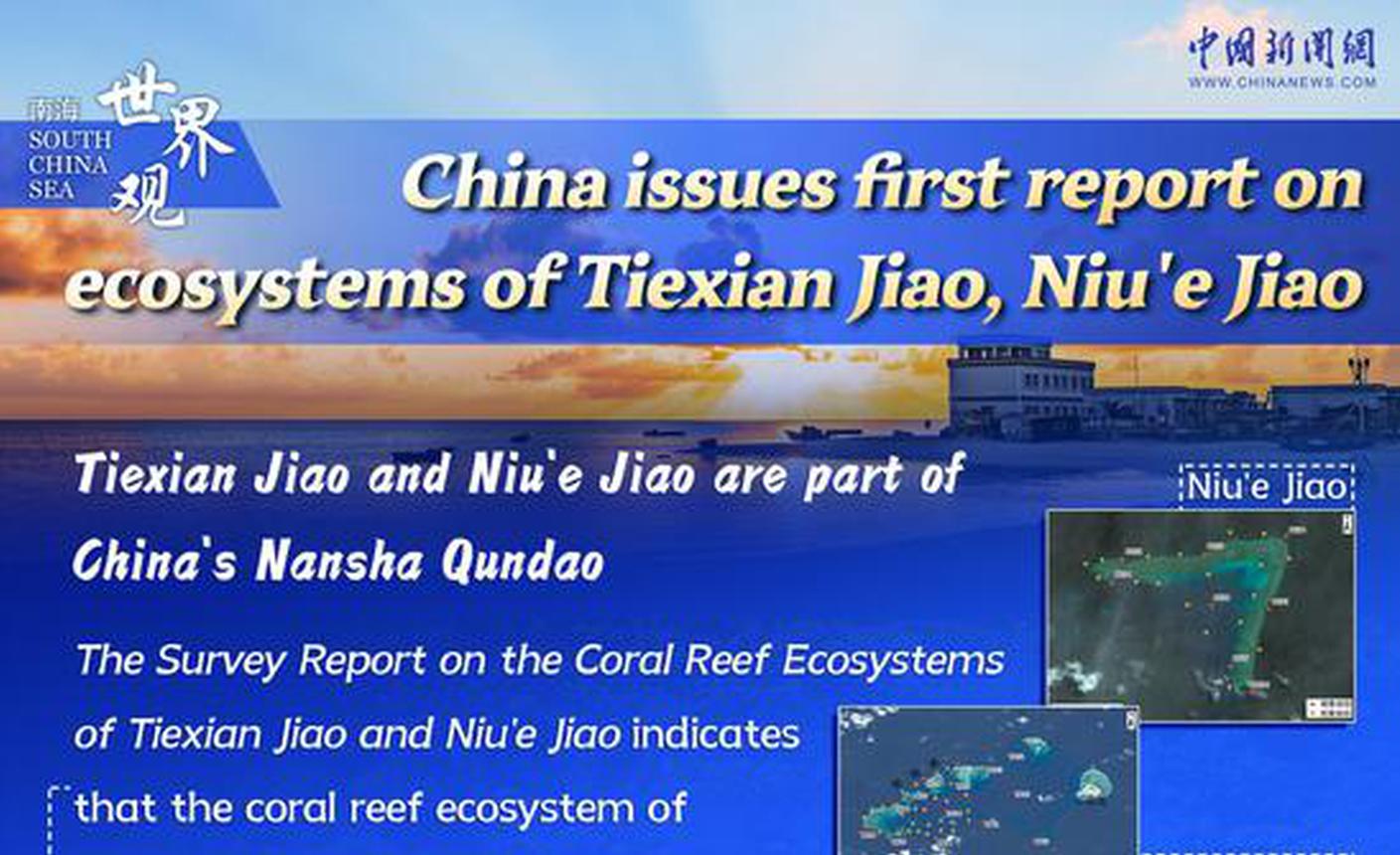
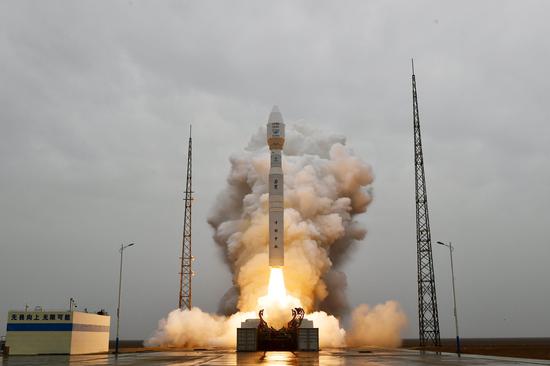



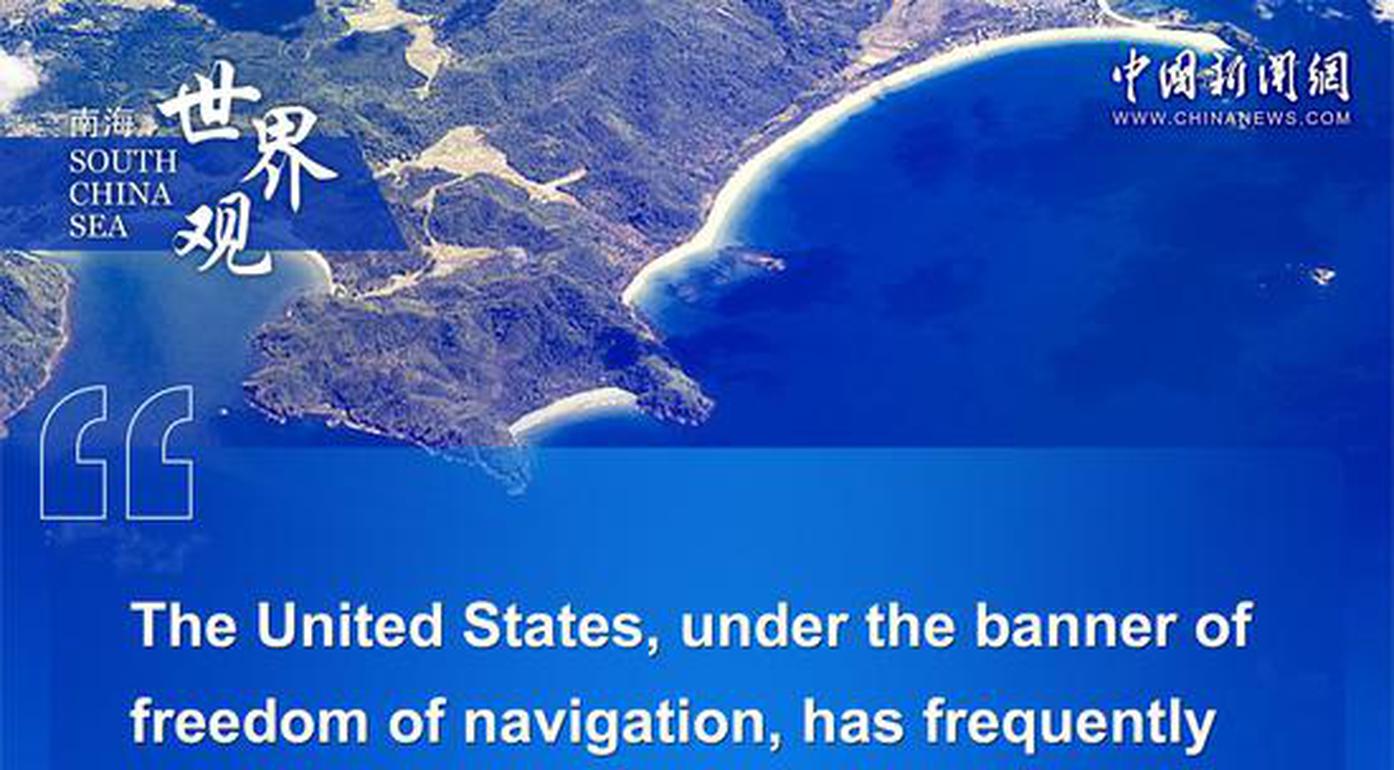











 京公網(wǎng)安備 11010202009201號
京公網(wǎng)安備 11010202009201號